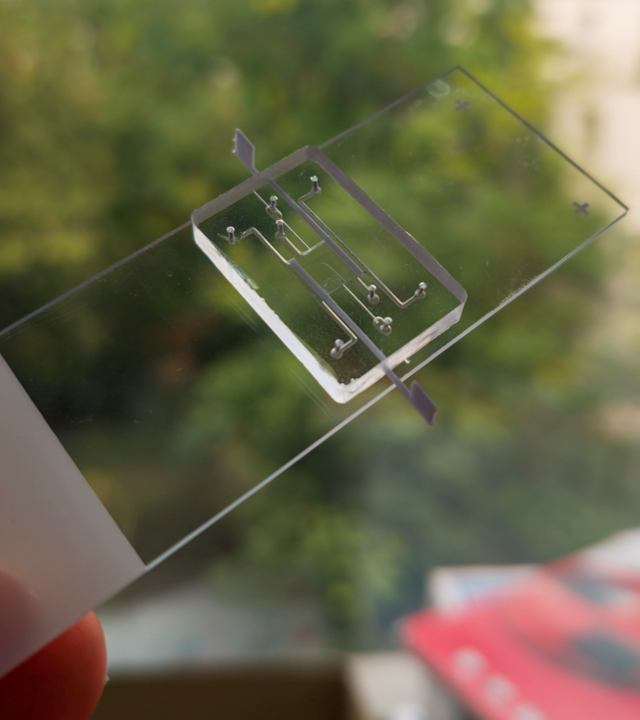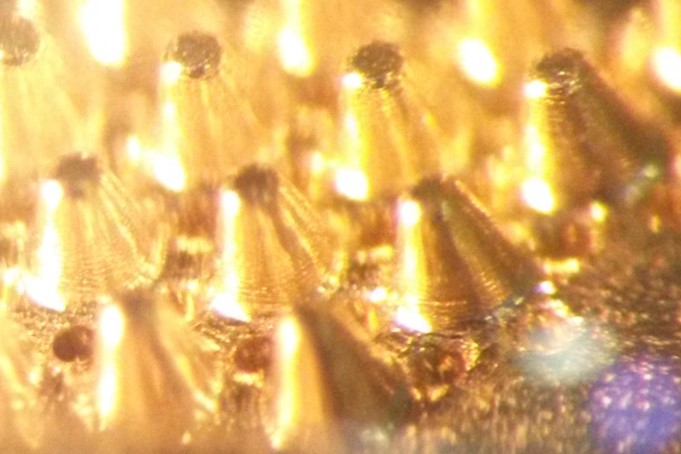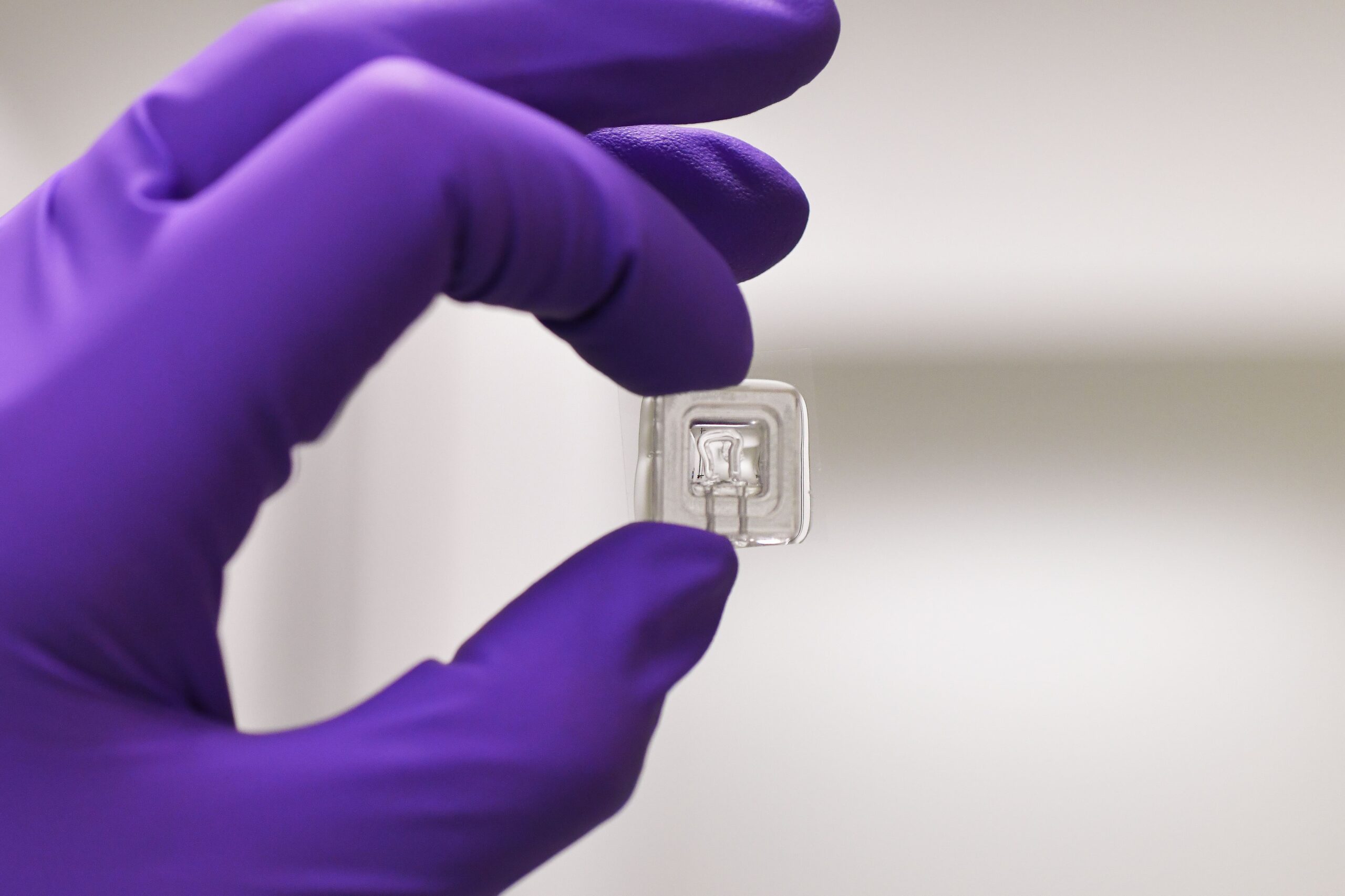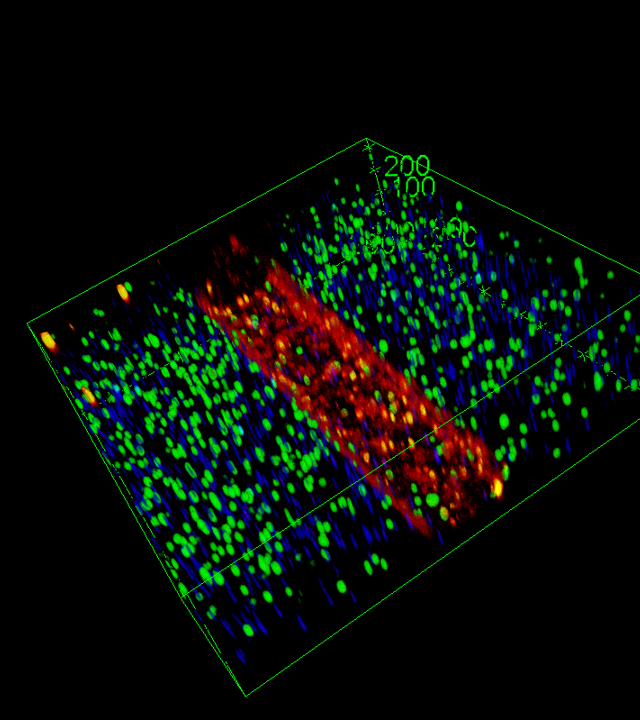
Technology for microenvironment engineering and imaging for organs-on-a-chip (EnVie)
A tissue is defined by the set of biochemical and biophysical signals that cells receive from the extracellular matrix (ECM), surrounding cells, the immune system, exosomes and soluble factors (growth factors, hormones, cytokines). These entities play a major role in the establishment and fate of tissues, as well as in their functions, by influencing the behavior and phenotype of tissue cells. Thus, they are key elements of tissue homeostasis but also of organ pathophysiology. However, the constant interactions between a tissue and its environment, or with other organs (including tumors), remain difficult to characterize both in vivo and in vitro. This is mainly due to the lack of relevant models allowing both the establishment and/or maintenance of tissues/explants in the long term and their exploration in real time. A major challenge for organs-on-a-chip is the lack of modular, interconnectable and scalable devices capable of:
- Providing real-time access to in situ cellular and molecular events through advanced 3D imaging and sensing technologies.
- Mimicking complex tissue architectures.
- Maintaining tissue explants over extended periods.
The ENVie project aims to develop a modular and standardized culture technology involving microfluidic control of environmental conditions, innovative biofabrication technologies to either reconstitute an organ architecture and its main functions (tissue reconstruction, illustrated by a colon-on-a-chip technology), or to enable the integration and maintenance of a tissue explant (tissue integration, illustrated by the integration of a pancreatic ductal adenocarcinoma (PDAC) explant on a chip). This technology will ensure the establishment, survival and maintenance of tissues for weeks, and will integrate deep 3D imaging and detection capabilities in real time and at high resolution for the characterization and monitoring of tissue fate and response to treatments
- Inter-tissue communication thanks to the interconnection of EnVie modules to study the interactions between different organs.
- Reconstitution of tissue architectures and maintenance of organ functions over several weeks.
- Integration of real-time detection tools (3D imaging and optical/electrical sensors) to monitor tissue responses.
Coordinators
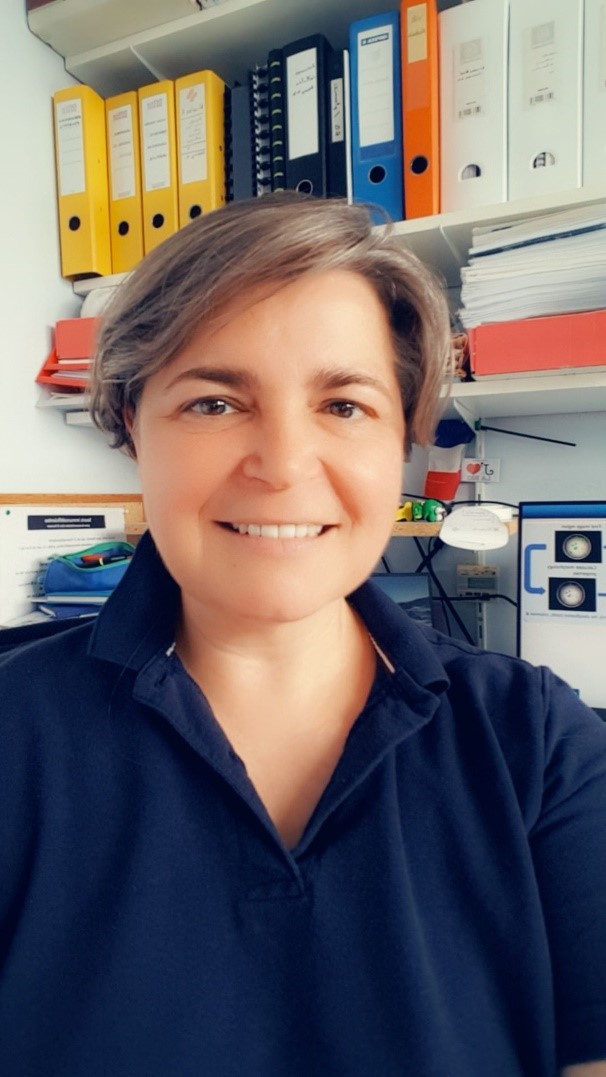
Team leader IRSD (Institut de Recherche en Santé Digestive) Inserm u1220, INRA u1416, Université Paul Sabatier, Ecole Nationale Vétérinaire de Toulouse
Inserm
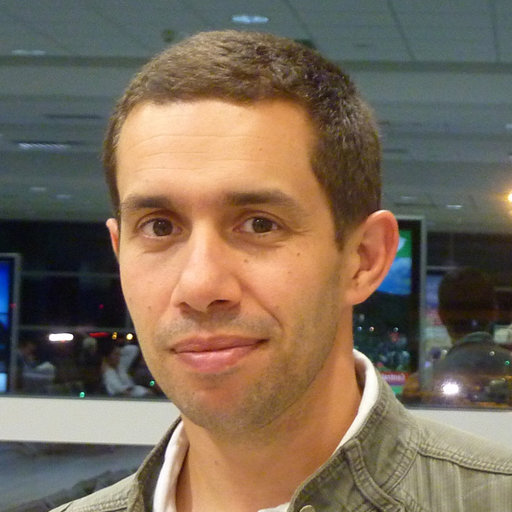
Research Director at LAAS-CNRS
(Research laboratory specializing
analysis and architecture
CNRS UPR 8001
CNRS
Institutions and establishments involved
Restore INSERM-CNRS UMR5070; CRCT INSERM U1037; LP2N UMR CNRS 5298; CHU de Toulouse; IUCT
Research program
The ENVie project aims to develop a modular device allowing the reconstruction or integration of tissue maintained over the long term and allowing its characterization and the analysis of its functional and therapeutic response:
- the establishment of primary tissue cultures from patients by reconstruction or tissue integration, and their validation for screening (drugs, microbiota, etc.) with a view to personalized medicine (WP4)
- a library of standardized ECM-type materials with controlled mechanical properties (rigidity, viscosity, porosity), mass transport (diffusion, permeability) and degradation (WP1),
- the integration and 3D structuring of biomaterials summarizing the main topographical, mechanical, hydrodynamic and biochemical signals of the tissue microenvironment (WP1),
- the integration of microfluidic functions ensuring i) controlled perfusion of tissues and maintenance of their viability ii) dynamic control of pressure, flow rates and molecular transport in tissues (WP2),
- the integration of sensors to monitor the physiological and pathological regulation mechanisms of tissues (WP2),
- real-time and multi-scale imaging exploration of the structure, dynamics and tissue mechanics (WP3),
The Consortium
- L. Malaquin A. Bancaud (LAARS CNRS): J. Cacheux (CRCN, tissue perfusion, permeability), E. Dague (DR, Mechanobiology), D. Ferri-Angulo (IR, Biochemistry), J. Foncy (IR, Bioprinting, tissue engineering), C. Thibault (MdC, Microfabrication, mechanobiology), B. Venzac (CRCN, Biophysics, microfluidics).
- C. Lorenzo (RESTORE): J. Rouquette (IR, microscopist expert), M. Vigneau (IR, processing and images analysis), B. Bishnoi (Post-doc simulation, optical design), A. Coullomb (Post-doc microscopy optics).
- Pierre Nassoy (LP2N): A. Badon (CRCN, optics), G. Recher (CRCN, microfabrication and image analysis), A. Boyreau (IE University of Bordeaux, cell culture), A. Jana (PhD student, label-free microscopy), A. L. Rembotte (PhD student, cell mechanics)
- Pierre Cordelier (CRCT): N. Hanoun (IE Inserm, tissue characterization), C. Maulat, (PhD student, imaging, tissue characterization)
- Audrey Ferrand (irsd, i2MC): M. Quaranta (IE, primocultures, biobanking), D. Bonnet (PH, Patients screening, Medical expertise), A. Arcas (PhD student, fibroblasts characterizations), D. Rojas-Garcia (PhD student, GOC development and validation
Plus de projets
